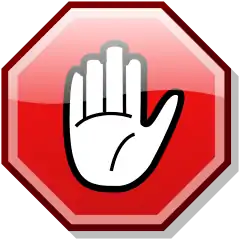5e SRD:Cover
Cover
Walls, trees, creatures, and other obstacles can provide cover during combat, making a target more difficult to harm. A target can benefit from cover only when an attack or other effect originates on the opposite side of the cover.
There are three degrees of cover. If a target is behind multiple sources of cover, only the most protective degree of cover applies; the degrees aren't added together. For example, if a target is behind a creature that gives half cover and a tree trunk that gives three-quarters cover, the target has three-quarters cover.
A target with half cover has a +2 bonus to AC and Dexterity saving throws. A target has half cover if an obstacle blocks at least half of its body. The obstacle might be a low wall, a large piece of furniture, a narrow tree trunk, or a creature, whether that creature is an enemy or a friend.
A target with three-quarters cover has a +5 bonus to AC and Dexterity saving throws. A target has three-quarters cover if about three-quarters of it is covered by an obstacle. The obstacle might be a portcullis, an arrow slit, or a thick tree trunk.
A target with total cover can't be targeted directly by an attack or a spell, although some spells can reach such a target by including it in an area of effect. A target has total cover if it is completely concealed by an obstacle.
Back to Main Page → 5e System Reference Document → Combat → Making an Attack

